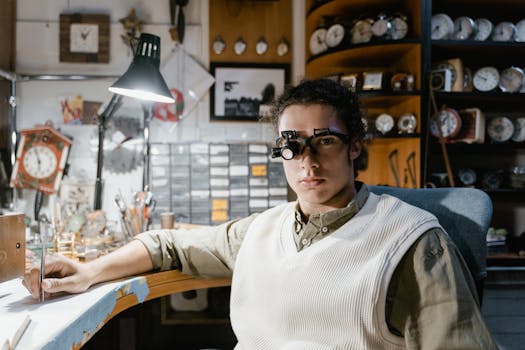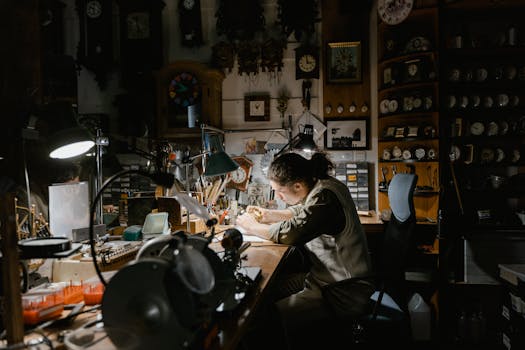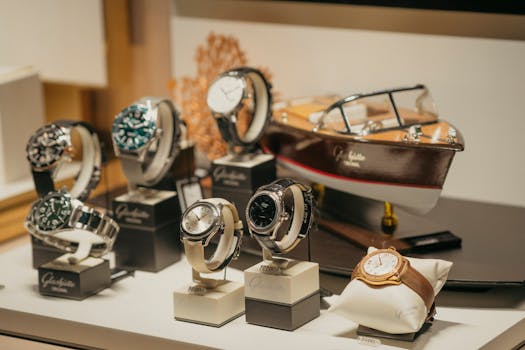Takeaways
- Watchmaking has evolved from simple sundials to complex mechanical and digital timepieces.
- Innovations such as the escapement, tourbillon, and quartz movement have revolutionized the industry.
- Understanding the history of watchmaking provides insight into the craftsmanship and technology behind modern watches.
The Origins of Watchmaking


In the 13th century, the first mechanical clocks emerged in Europe, featuring weights and gears to measure time more accurately than their predecessors. The invention of the escapement mechanism in the 14th century marked a turning point in horology, allowing for more precise timekeeping. This innovation paved the way for the creation of portable timepieces, leading to the development of the first watches in the 16th century.
Watches were initially luxury items owned by the wealthy, often adorned with intricate designs and precious materials. The craftsmanship involved in creating these timepieces was remarkable, with artisans dedicating years to perfecting their skills. As watchmaking techniques improved, the demand for accurate and reliable timekeeping devices grew, leading to further innovations.
The Golden Age of Watchmaking

In Switzerland, the watchmaking industry flourished, with cities like Geneva becoming renowned for their high-quality timepieces. The introduction of mass production techniques in the 19th century allowed watches to be made more efficiently, making them accessible to a broader audience. Companies like Patek Philippe and Audemars Piguet emerged during this time, setting the standard for luxury watchmaking.
The introduction of the pocket watch also played a crucial role in the evolution of timekeeping. Pocket watches became popular among the elite, and their intricate designs showcased the artistry of watchmakers. This era also saw the establishment of watchmaking schools, where aspiring artisans could learn the trade and contribute to the industry’s growth.
The Advent of Quartz and Digital Technology

As quartz technology advanced, digital watches emerged, offering new functionalities such as alarms, timers, and backlighting. The introduction of LCD screens allowed for more information to be displayed on watches, further enhancing their appeal. Brands like Casio and Seiko led the charge in digital watch innovation, making timekeeping more versatile and accessible.
However, the quartz crisis of the 1970s posed a significant challenge to traditional mechanical watchmakers. Many feared that the art of mechanical watchmaking would fade away as consumers flocked to cheaper quartz alternatives. In response, luxury brands emphasized the craftsmanship, heritage, and artistry of mechanical watches, revitalizing interest in traditional timepieces.
Modern Innovations in Watchmaking

Moreover, advancements in materials have led to the creation of durable and lightweight watches made from ceramics, titanium, and carbon fiber. The use of 3D printing technology has also opened new possibilities for designing intricate components, pushing the boundaries of watch design.
In recent years, the revival of interest in mechanical watches has led to a resurgence in artisanal watchmaking. Independent watchmakers and boutique brands are gaining recognition for their innovative designs and limited-edition pieces, appealing to collectors and enthusiasts alike. The blend of heritage and modern technology continues to shape the future of watchmaking, ensuring that this timeless craft remains relevant in a rapidly changing world.





